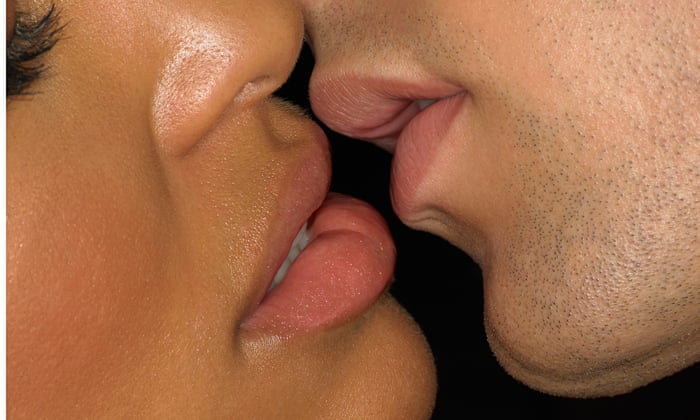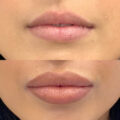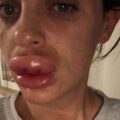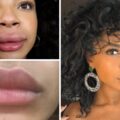What are lip fillers?
Today’s sophisticated fillers are made of Hyaluronic Acid (or HA), a substance that’s found naturally in the body. It’s a pretty useful beauty ingredient because it’s able to hold up to 1,000 times its own weight in water. This is the reason why you’ll find it upfront and center on the back of your skincare products. In a cream, it can only do so much because it can’t penetrate the outer layers of your skin to reach a depth where it can have an instant and noticeable impact. Some brands are using low molecular weight HA, to try and force it deeper into the skin, but even that can only do so much. That’s where the needle comes in.
Because HA is something that our body produces – albeit in lesser quantities as we age – it’s happily accepted, and once injected into the skin it’s easily broken down over a period of months. It’s far from permanent; which in itself is reassuring. And it’s not only used in the lips; it can plump out wrinkles, restore volume to cheeks and eradicate those vertical lines at the side of your mouth. So if you’re thinking about facial fillers, here’s what you need to know.
The risks with HA over, say, silicone injections are incomparable. But, if something were to go wrong there’s an antidote. Your aesthetician will use another injection that effectively dissolves it and reverse the mistake.
Can You Kiss After Lip Fillers?
Yes, you can kiss after lip fillers, but your mouth may be tender immediately after the procedure. As a result, most doctors advise patients to avoid kissing or massaging their lips directly after the procedure and possibly for up to 24 hours if it is a first lip filler injection. Some patients experience some swelling and bruising that lasts from a few days to a week. It’s a personal decision whether to engage in kissing or not after getting lip fillers.
Risks of Lip Filler Injections
Allergic reactions to hyaluronic acid a sugar molecule naturally found on the skin’s surface are rare. But it is possible to develop a lump (called a granuloma) of inflamed tissue.
This kind of filler can also produce lumps if injected in the wrong part of the skin, like if it’s not injected deeply enough. These lumps can be dissolved with hyaluronidase. This is an enzyme that breaks down hyaluronic acid.
A less common side effect is a blocked blood vessel. This reduces blood flow to the lip. It can ultimately damage your lip tissues, but it’s easy for doctors to spot right away and is immediately reversible. ALSO READ: How Long Do Lip Fillers Last?





